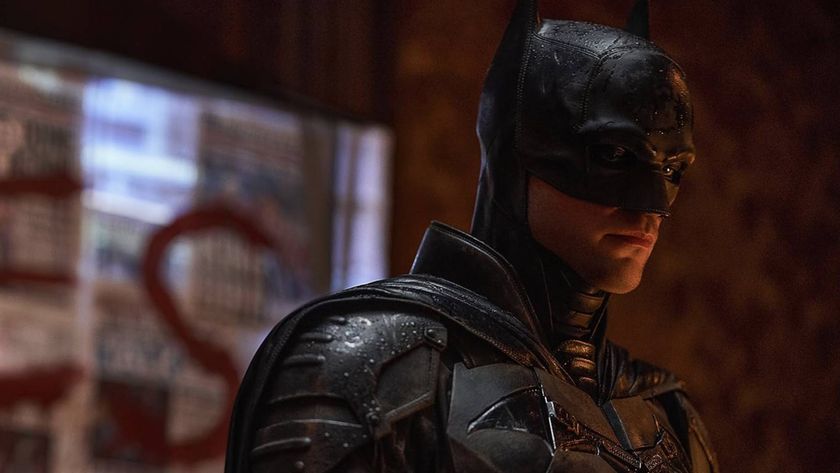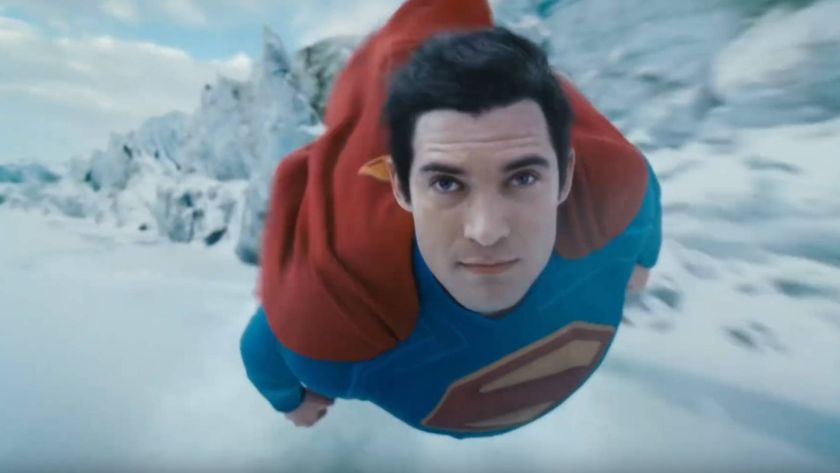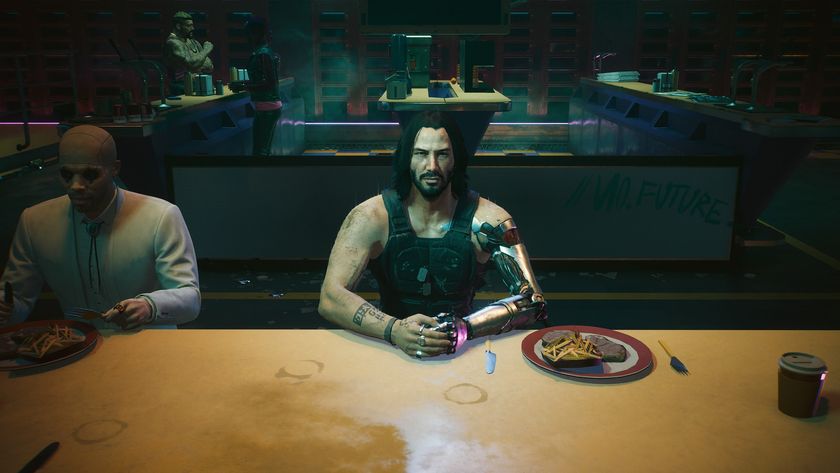What is Flashpoint? The comic book story that inspires The Flash movie explained
Warner Bros.' The Flash is finally coming to theaters. We explain the DC comic book event Flashpoint it's adapted from
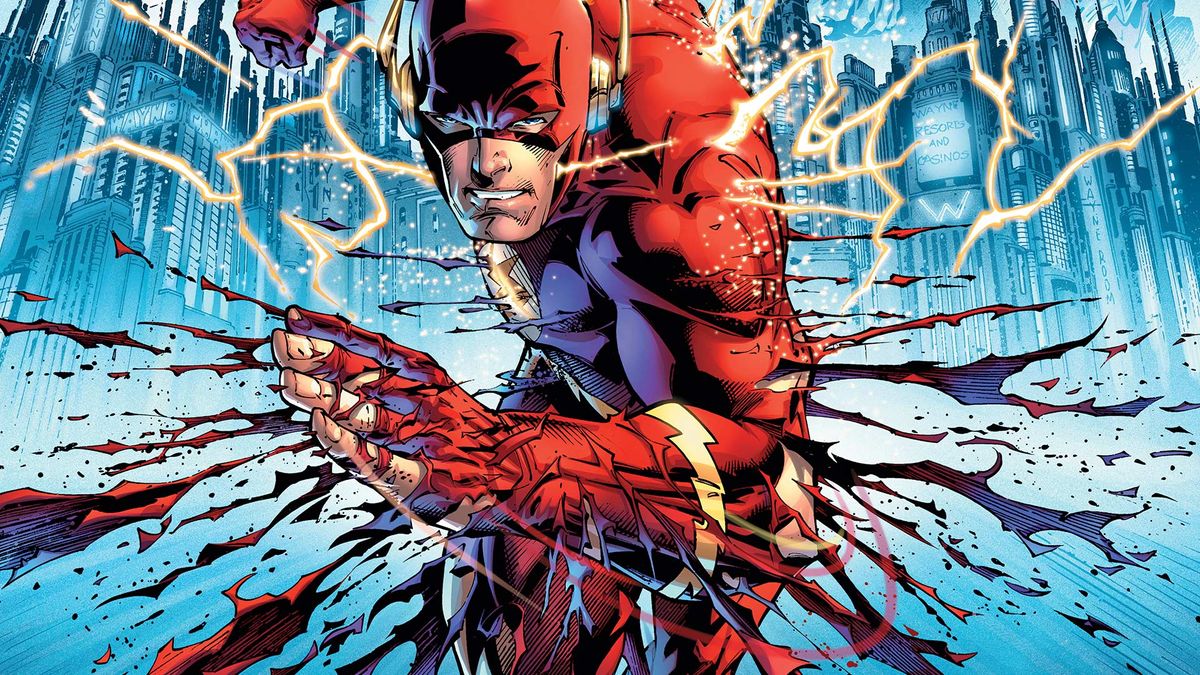
The Flash is finally about to make its theatrical debut after years of development and filming, and the film's story promises to close the book on the DC movie universe that was, and open the door for the new DC Films, helmed by James Gunn and Peter Safran.
To do so, The Flash will adapt the 2011 comic book story Flashpoint, in which Barry Allen inadvertently creates another reality where the DC Universe is totally different, leading him on a chase to restore his own timeline before it's too late, teaming up with a very unexpected version of Batman along the way.
Even from that simple synopsis, The Flash has some similarities to Flashpoint, right down to a team up with the Batman of another world.
But that's just scratching the surface of the dozens of mysteries and twists on the established DC order in the original Flashpoint comic story, which actually rebooted the entire DC Universe in comics, just like it's expected to do on film. Fortunately, we're here to help walk you through the series to get you up to speed before The Flash finally hits theaters.
The Plan
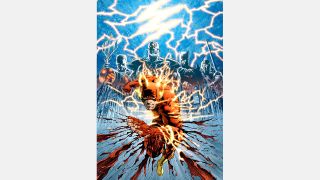
In 2011, DC was facing some narrative stall-outs. All but its biggest series were facing tepid reception from critics and fans alike following a stretch of some of the publisher's most acclaimed stories in decades.
To right the ship, then-DC publisher Dan DiDio and his editorial team came up with a plan – one that had worked for the publisher before when DC was in a similar rut, resulting in 1985's Crisis on Infinite Earths: a line-wide reboot, with new roles, and in some cases even new origins for all of its characters, great and small. To get there, DC planned to go back to the Crisis on Infinite Earths mythos by focusing their reboot on Barry Allen, the Silver Age Flash who had perished at the end of Crisis on Infinite Earths, and who had returned to life in a high-profile story from writer Geoff Johns a few years earlier.
To wit, they came up with Flashpoint, a story by Johns and artist Andy Kubert in which the DC Universe would reach a "flashpoint" – a moment of change that sparks much bigger rippling effects. In this case, that moment of change was caused by Barry Allen traveling back in time and preventing his arch-enemy Zoom from murdering his mother Nora, causing widespread changes to the entire DC Universe which made it all but unrecognizable to readers, and to Barry – who suddenly found himself the only person who remembered the world before he changed it.
Comic deals, prizes and latest news
Get the best comic news, insights, opinions, analysis and more!
The Flashpoint Paradox
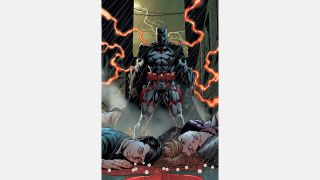
In the new world, Barry finds dark reflections of many of DC's biggest heroes – most notably Wonder Woman, Aquaman, Batman, and Shazam! (a familiar line-up if you're
a Justice League fan, no?). But these are not the heroes he knows from the Justice League. To start, Wonder Woman and Aquaman are locked in a war between her island homeland of Themyscira and Atlantis which consumes most of Europe, with the two mythical nations carving up territory throughout the continent while Cyborg, America's greatest hero, tries to find a way to end the conflict.
In the midst of all this, Barry travels to the Batcave, hoping Batman will be able to help. And indeed he finds Batman – but not the one he expects. In the Flashpoint universe, Bruce Wayne was killed alongside his mother, and his surviving father Thomas Wayne becomes a much older, darker Batman (keep that in mind).
Eventually convincing Thomas that he is responsible for fundamentally changing the timeline in which they exist, Barry sets about trying to restore his powers and get to the bottom of the mystery of the new timeline.
Teaming up with Cyborg, Barry, and Thomas attempt to free the Flashpoint timeline's Superman from government captivity – a plan which ultimately fails, as the now freed Kal-El simply runs away in fear, powerless. The trio eventually recruits Captain Thunder – Flashpoint's version of Shazam!, in which each of his powers is controlled by a different child, who all combine, Voltron-style, into one fully-powered hero – and Element Woman, a version of the mainstream DC character who has elemental powers akin to Metamorpho.
Traveling to Europe to intervene in the growing Amazon/Atlantean conflict, the team learns they also have to stop Zoom from ending the timeline entirely before Barry loses his memory of the old world.
Phew.
Ultimately, the team succeeds in both missions – the world is saved and Zoom is defeated. But when Barry Allen enters the Speed Force to prevent the formation of the Flashpoint timeline, he encounters a mysterious woman, Pandora, who uses Barry's power to combine the DC Universe and the DC-owned separate universes the WildStorm Universe and the Vertigo Universe (years later in another series revealed to be due to the machinations of Watchmen's Doctor Manhattan), resulting in the birth of a totally new timeline closer to Barry's old one, rather than the restoration of the original DCU.
The new world combines characters and plot points from all three of its component worlds – but with totally new contexts that start the whole thing over from scratch.
The New World as a result of Flashpoint
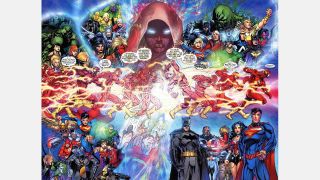
The aftermath of Flashpoint's impact on the DC Universe almost can't be overstated – remember that line-wide reboot we talked about?
Following the limited series' completion, the DC Universe was brought back to the way it was... sort of. Almost all the old stories and relationships that had been established since Crisis on Infinite Earths and even before then were dropped, with DC relaunching every single title – including Action Comics, which launched its entire superhero universe in 1938 and had continued unbroken numbering since then – and redefining the roles and adventures of their heroes. The resulting line, comprised of 52 titles (though that number eventually fluctuated), was dubbed 'The New 52' continuity.
'The New 52 'lasted around five years – between 2011 and 2016 – when DC course-corrected once again with 'Rebirth', a one-shot and line-wide branding that relaunched everything with #1 while restoring the classic numbering of Action Comics and Detective Comics. And with the renumbering came a new commensurate philosophy of keeping the best of the new world and bringing in the core ideals of the old DCU which had been lost in the reboot. 'Rebirth' restored many of the classic DC stories and relationships while also balancing elements of 'The New 52' – and has even brought in other side-universes to the core DC Universe with stories like Doomsday Clock which pitted Superman against Doctor Manhattan (which revealed his connection to Flashpoint) and tied the Watchmen mythos into the DCU proper.
The 'Rebirth' era has since given way to the 'Infinite Frontier' era, which has doubled down on the Multiverse concept. DC continuity now exists in an Omniverse (think multiple Multiverses), where every story DC ever published is considered 'in continuity' as part of DC's Omniverse concept, creating a vast world of 'variants' (to borrow some Marvel terminology) of popular characters such as Superman, Wonder Woman, Batman, and Aquaman. The characters are even self-aware they exist in a reality and a timeline that keeps getting rewritten.
Now, in the current 'Dawn of DC' era, the publisher is dialing in on iconic, core versions of its most popular heroes, akin to what the new DC Films slate seems to be aiming for.
The Multiverse
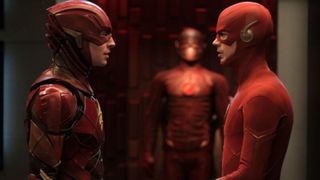
So what does all this mean? Well, DC's comic stories have often revolved around the idea of a multiverse - a panoply of worlds that exist in odd reflections of each other, based around core concepts and characters that appear throughout - and over the last few years the Multiverse has been its most prominent feature, including in the plot of The Flash.
As we say, we know the Multiverse is coming to the big-screen DCEU. The only question is how big and encompassing it will be. We know about Supergirl and the two Batmen, but The Flash is almost certainly going to contain other multiversal surprises on its way to rebooting the DC Universe.
DC and Warner Bros. are finally giving themselves a way to have their cake and eat it too, and if they want they can have cookies, pie, and ice cream as well, and Flashpoint may open the door to them all.
Check out the best Flash villains of all time and the best Flash stories of all time.
I've been Newsarama's resident Marvel Comics expert and general comic book historian since 2011. I've also been the on-site reporter at most major comic conventions such as Comic-Con International: San Diego, New York Comic Con, and C2E2. Outside of comic journalism, I am the artist of many weird pictures, and the guitarist of many heavy riffs. (They/Them)
Most Popular







